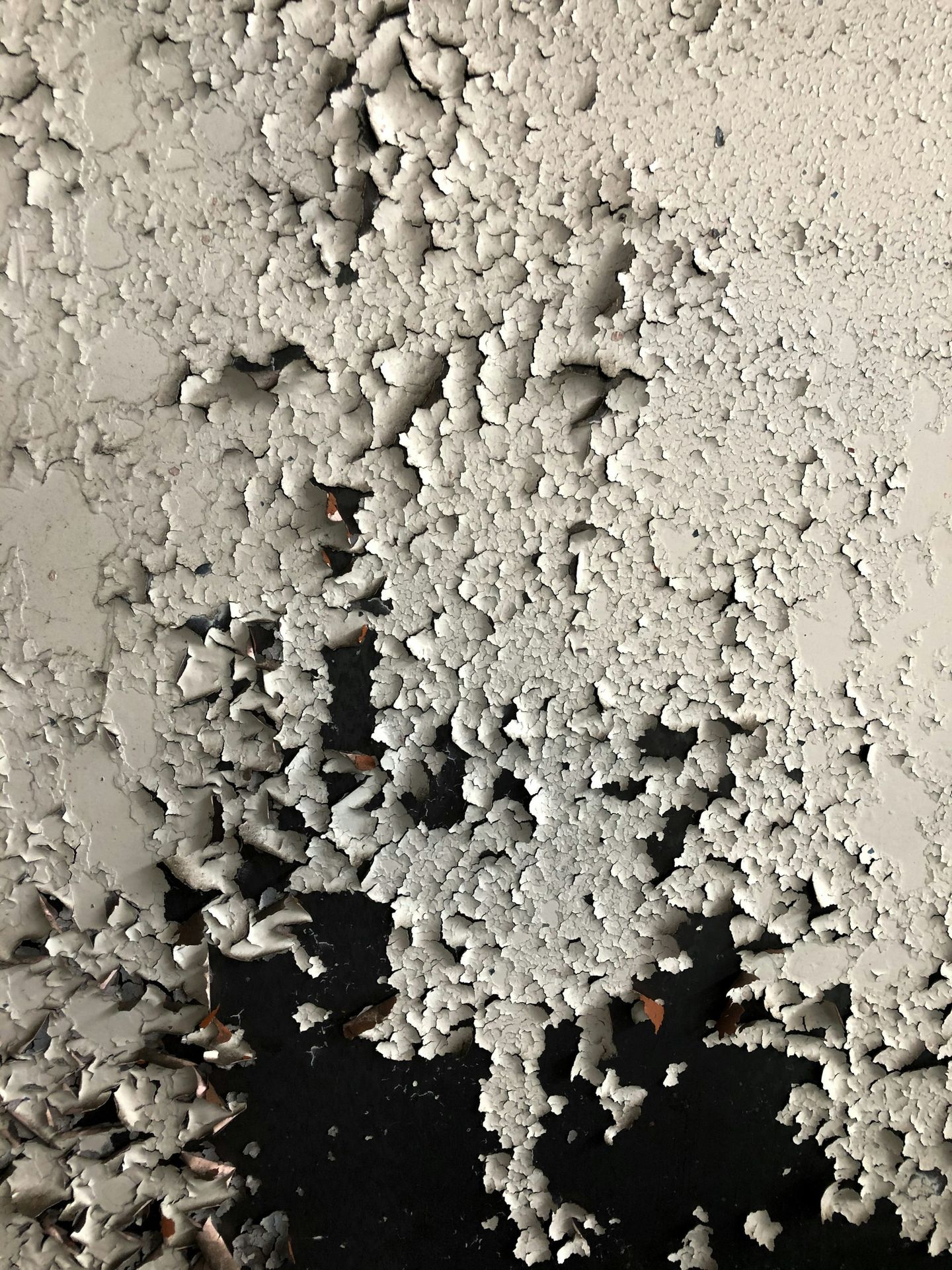When most people think about waterproofing, they picture cracked walls, leaking ceilings, or damp basements. While these signs signal structural trouble, the true cost of waterproofing neglect extends far beyond bricks and mortar; it directly affects the people who live, work, and breathe inside those buildings.
Moisture intrusion affects more than walls, floors, and ceilings. It also contributes to indoor environmental conditions that influence human health and comfort. One of the most common outcomes of water ingress is the growth of mold and mildew, both of which thrive in damp, poorly ventilated spaces.
Buildings that experience prolonged moisture exposure often develop microbial growth in hidden areas such as wall cavities, subfloors, behind tiles, and around window frames. These fungi release spores into the air, which circulate within indoor spaces and may contribute to a range of respiratory and dermatological symptoms.
The Silent Spread of Mold and Mildew
When water seeps into walls, ceilings, or flooring due to poor waterproofing, mold spores find the moisture they need to multiply. These spores often spread undetected behind tiles, under floorboards, and within drywall. In commercial buildings, high-rise apartments, or homes, this can escalate quickly - especially during Kenya’s rainy seasons.
Mildew, a surface-level fungus, is usually easier to spot, but it’s often a warning sign of deeper moisture issues. Both mold and mildew compromise indoor air quality, making enclosed spaces uncomfortable and, in some cases, hazardous.
The Health Impact on Occupants
Prolonged exposure to damp, mold-infested environments is linked to a range of health problems. Vulnerable groups such as children, the elderly, and people with asthma or allergies are particularly at risk. According to global health studies, symptoms associated with indoor mold exposure include:
- Persistent coughing and wheezing
- Skin and eye irritation
- Nasal congestion and sinus infections
- Increased risk of asthma attacks
- Long-term respiratory conditions
For employers, landlords, and facility managers, these risks are more than medical concerns; they can lead to legal liabilities, tenant turnover, and reputational damage.
Why Waterproofing Is a Health Investment
Addressing moisture-related issues quickly helps prevent the conditions that lead to mold growth. Professional waterproofing plays a critical role in creating and maintaining a dry, healthy indoor environment. At GreenBuild Waterproofing Solutions, we apply systems that protect vulnerable zones - including basements, bathrooms, rooftops, and balconies; ensuring that moisture does not enter the structure in the first place.
Our solutions are designed not only to block water but also to regulate internal humidity, which is key to preventing condensation and long-term dampness. With the right materials and application, we help clients create spaces that support physical well-being and reduce the hidden costs of poor indoor air quality.
Building Responsibly for Human Safety
Whether you manage an apartment complex, oversee a commercial facility, or own your own home, taking waterproofing seriously is not just about maintenance - it’s about care. Preventing mold and mildew protects your building, but more importantly, it protects the health of everyone inside it.
If your building shows signs of persistent moisture or if you're planning a renovation, now is the time to act.
Let’s Build Healthier Spaces Together
GreenBuild Waterproofing Solutions is committed to supporting Kenya’s built environment through reliable, eco-safe, and health-conscious waterproofing systems. Let’s work together to keep your spaces dry, safe, and healthy - from the foundation to the rooftop.
Contact us today for a site visit and site diagnosis consultation.
#GreenBuildProtects #MoldPrevention #HealthyBuildingsKenya #WaterproofingForHealth #IndoorAirQuality
